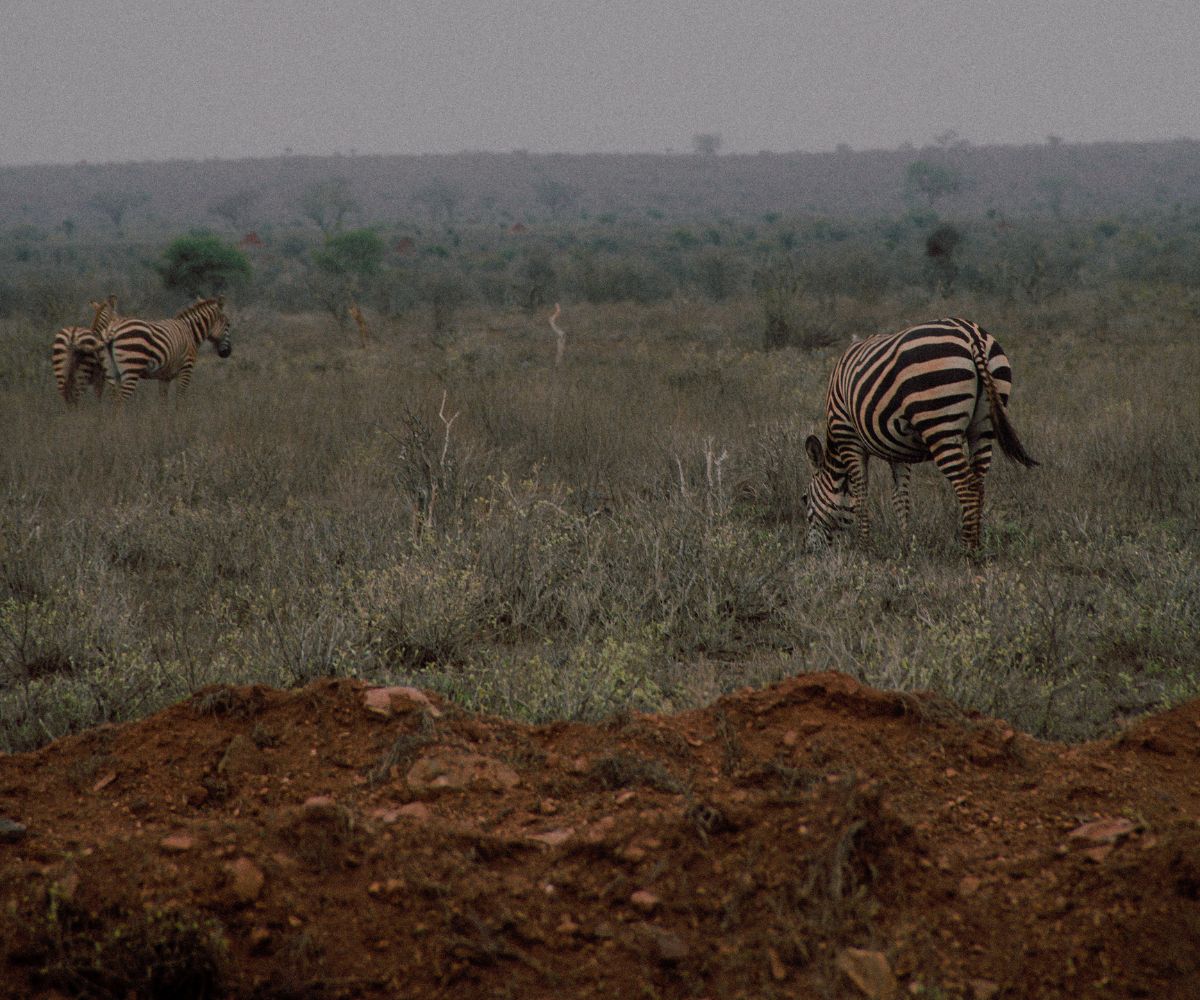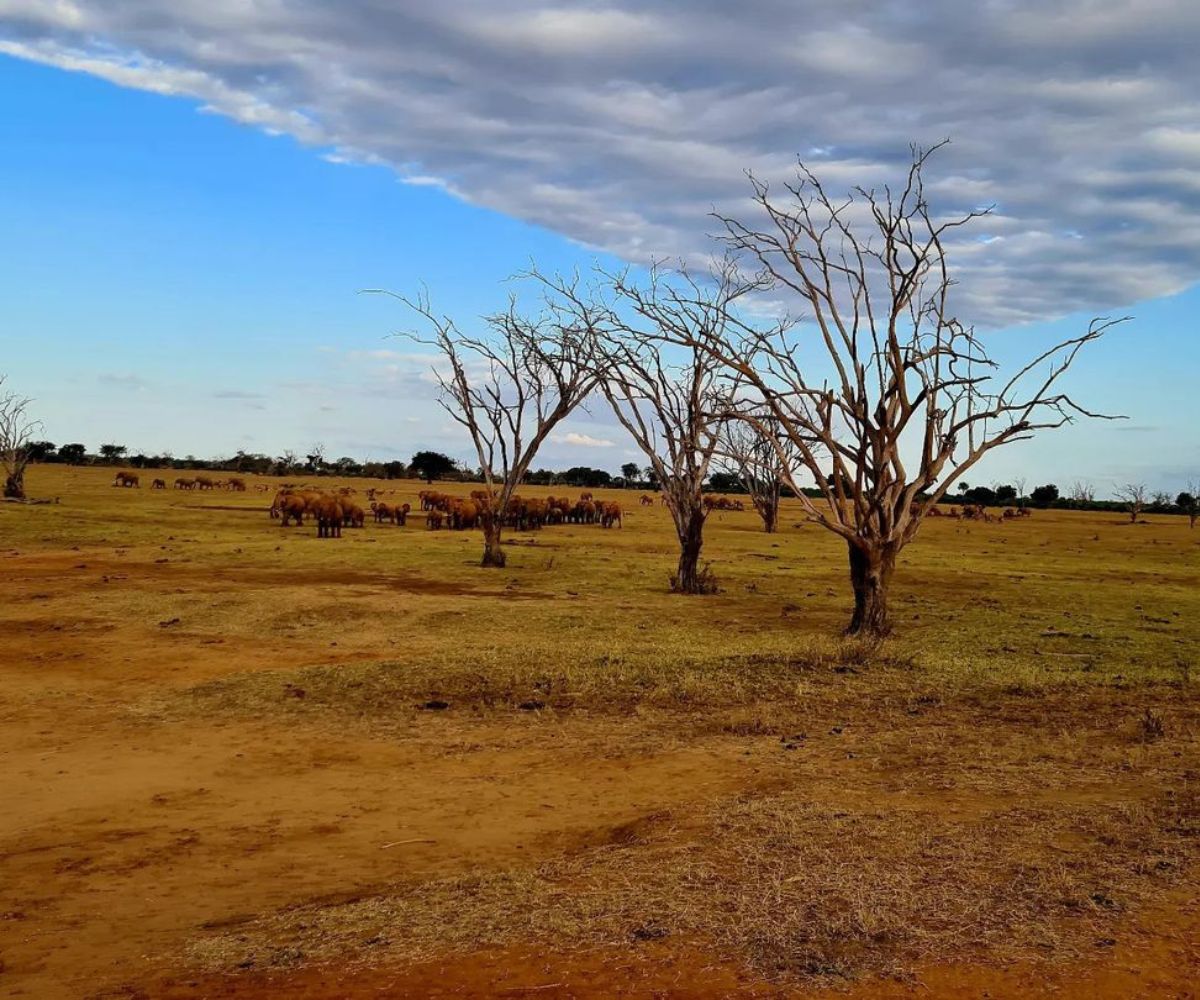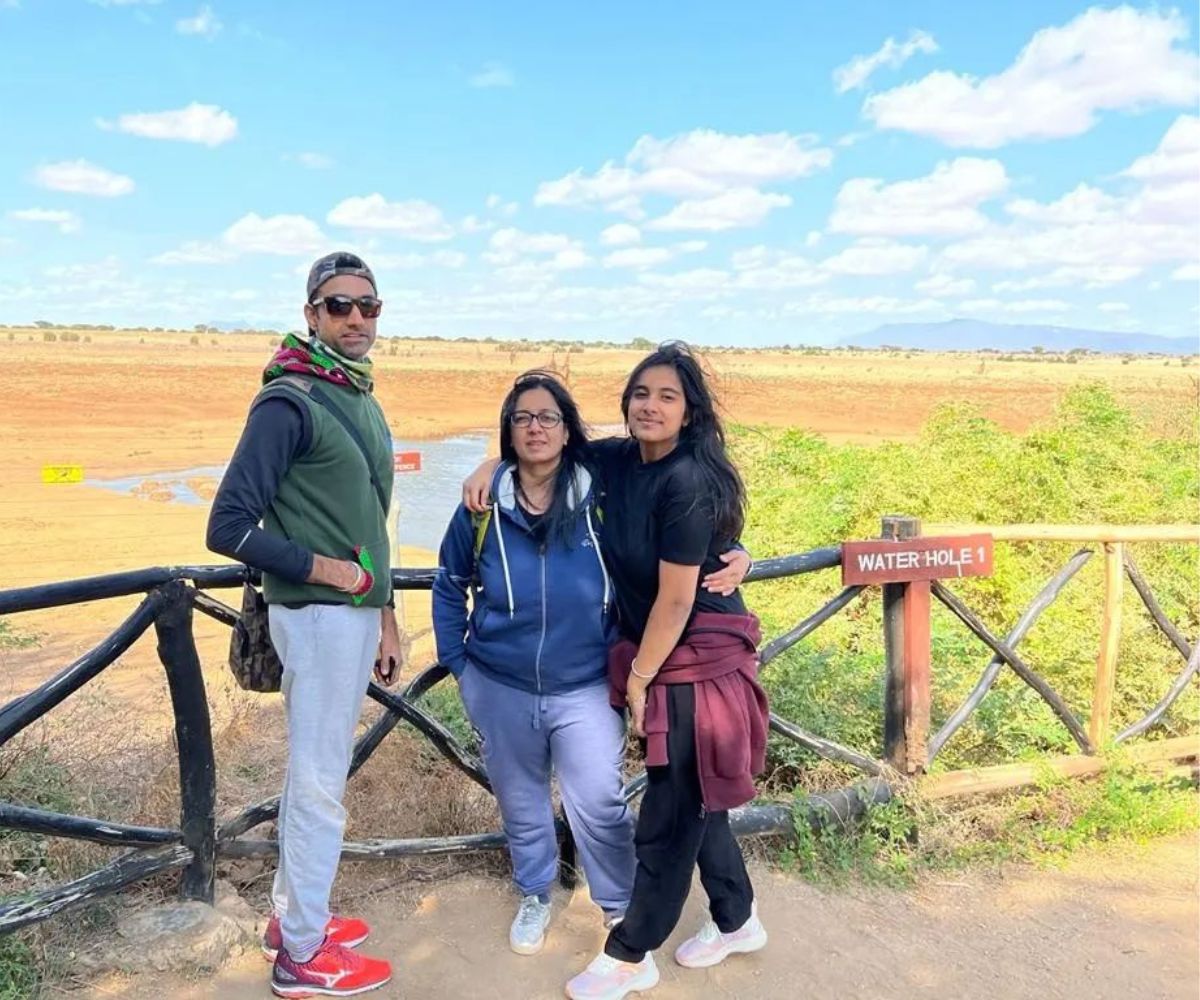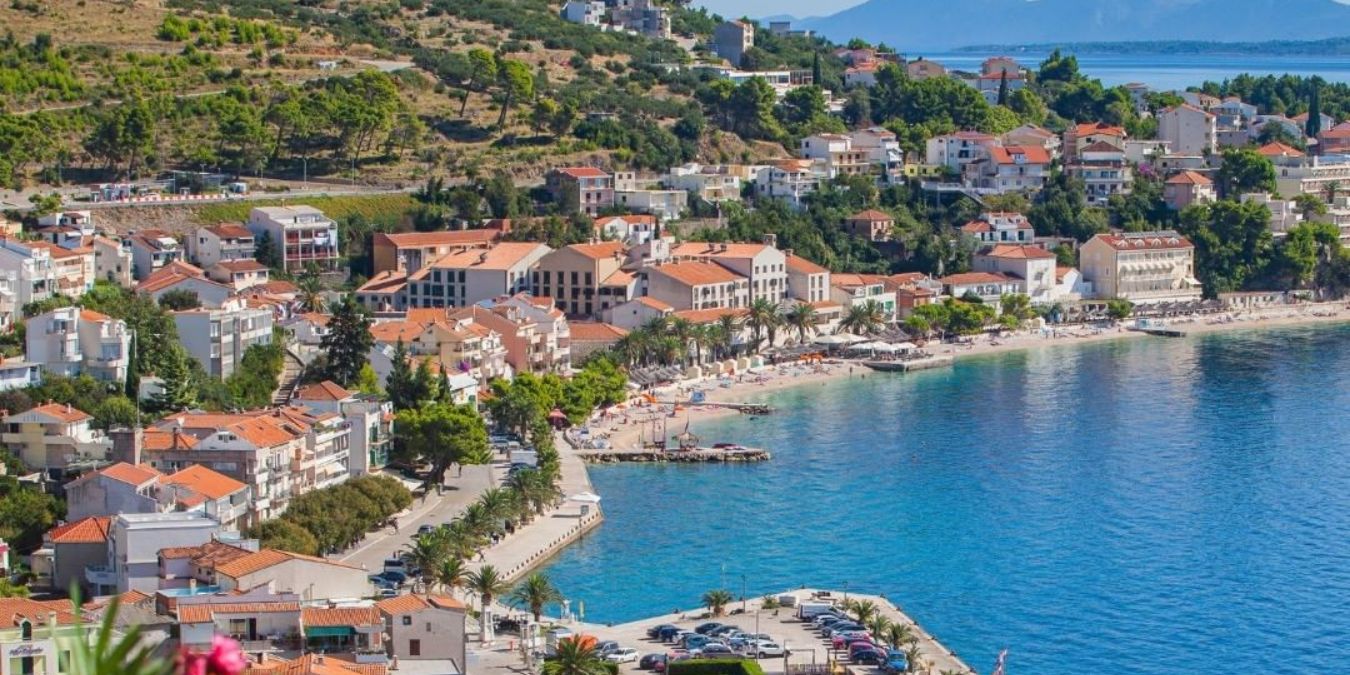Are you looking for a unique experience and an unforgettable adventure? If so, then the Tsavo Lions Cave Tour is a perfect choice! Located in Kenya’s Tsavo East National Park, this tour offers visitors a chance to explore one of Africa’s most iconic beasts.
Not only will you get up close and personal with these majestic animals, but you’ll also be able to learn about their history and behavior as well. This amazing tour takes place early in the morning when there is still plenty of time before sunset to make sure that everyone gets a good view of the lions. You will ride on an open-air safari vehicle through some of Kenya’s most beautiful landscapes.

You’ll spot elephants, giraffes, zebras, baboons, and other wildlife along your journey. As you approach the cave area your guide will provide interesting facts about lions such as their social structure or why they are considered apex predators in Africa’s food chain. Once at the cave entrance guests can expect to see many more intriguing sights like lion cubs playing around or resting nearby while their parents keep watch over them from above on rocky outcroppings overlooking it all below.
The best part is that once inside the cave itself guests can observe these magnificent creatures just feet away!
If you’re looking for an adventure of a lifetime, then a Tsavo Lions Cave Tour is the perfect option! Experiencing one of the most iconic and mysterious places on earth – the Tsavo Lion Cave – is sure to be an unforgettable experience. From the vast open spaces of Tsavo National Park to the incredible wildlife that inhabits it, this tour will give you an up close and personal view into what makes this place so unique.
The tour begins with a drive through breathtakingly beautiful landscapes as you make your way to the entrance of Tsavo National Park. Once inside, you’ll have plenty of opportunities for game viewing and photo ops as you take in some of Africa’s biggest animals including elephants, rhinos, giraffes, and more. Of course, no trip would be complete without encountering lions; while they are rarely seen during day trips due to their nocturnal habits, chances are high that you may spot them at night when they come out to hunt or patrol their territory.
Arriving at the infamous Tsavo Lions Cave will leave visitors speechless- its towering red sandstone walls provide a natural fortress that has long been used by these majestic cats as shelter from harsh weather conditions or predators. You’ll explore every nook and cranny while learning about how these lions live in their environment – whether they choose to stay within its walls or venture out in search of food or mates – before heading back home with memories that will last forever. The best part?
This full-day excursion also includes stops along various riverside villages where visitors can interact with local people who call this area home; here travelers can learn about traditional ways of life and sample delicious Swahili cuisine along with cultural dances like benga music which originated from Kenya’s coastal region. All this plus unparalleled views across savannah grasslands makes for an unforgettable African safari experience! So if spending time connecting with nature sounds like something right up your alley then don’t wait any longer – book yourself onto The Best TSAVO LIONS CAVE TOUR Ever today!
Did the Tsavo Lions Have a Cave?
The Tsavo lions are some of the most famous big cats in history, largely due to their infamous killing spree in Kenya’s Tsavo region during 1898-1899. The two male lions were responsible for a reported 135 deaths over a 9-month period and became known as the “Man-Eaters of Tsavo”. But did these two notorious predators have a cave?
The answer is no, they did not have an actual cave per se. However, they did make use of crevices and other natural formations near the Mzima Springs area which served as sort of makeshift dens or shelters. As far as we can tell, this seems to be where they stayed while hunting nearby settlements and railroad campsites.
These denning sites often featured shallow pits with rocks lining them that provided protection from both attackers and the elements; although it wasn’t really large enough to be considered actual cave by modern standards. It was more like a shelter than anything else – just enough room for one or two lions at a time along with cubs if needed. It’s also worth noting that many experts believe that despite what has been said about them being man-eaters by nature, these two particular lions may have begun preying on humans out of desperation due to changes in their normal prey populations due to human encroachment into their territory combined with drought conditions at the time (which would explain why there were so many victims).
This could explain why they didn’t take up residence in any kind of established lair such as an actual cave until after their reign ended – when food sources had become plentiful again and/or danger from humans had subsided somewhat allowing them better security away from civilization itself. Overall though, it appears that while there was no true “Tsavo lion” cave per se; these legendary felines still found plenty of places around Mzima Springs suitable for sheltering themselves while living out what ultimately became one of Africa’s most notorious predator stories ever told!
Do Tsavo Lions Still Exist?
Yes, Tsavo lions still exist today. The original population of Tsavo lions was first discovered in 1898 by British Colonel John Henry Patterson who found two large males near the town of Voi on the Kenyan side of Tsavo National Park. These two male lions were responsible for a series of attacks on railway workers during the building of the Kenya-Uganda Railway in East Africa and became known as “The Man-Eaters Of Tsavo” after their story made world news at that time.
Since then, these famous man-eating lions have been studied extensively by researchers and scientists, with an estimated 600 to 800 individuals living in Tsavo National Park spread across both Kenya and Tanzania today. They are classified as subspecies Panthera leo nubica which is larger than other African species due to its adaptation to dry climates such as those found in this region. Tsavo Lions have distinctive features including longer shaggy manes which make them look more like a lion from India or Persia rather than their African counterparts; reddish-golden coats; stocky bodies; black tufts at the end of their tails; and dark facial markings around the eyes, nose and mouth area giving them a unique appearance compared to other African cat species.
In addition to being larger than most African cats, they are also extremely territorial animals with very aggressive behavior if approached too close or threatened to cause potential danger for visitors entering into their habitat – however, ecotourism is becoming increasingly popular among wildlife enthusiasts wanting to observe these majestic creatures up close! Despite increasing threats from poaching and habitat destruction caused by human encroachment, it appears that conservation efforts over recent years have had positive results allowing numbers within this species to remain relatively stable so far – but there is always room for improvement when it comes to protecting wild animal populations like these iconic big cats!
How Big Were the Tsavo Man-Eating Lions?
The Tsavo man-eating lions were two male African lions that caused a great deal of panic and loss of life in the Tsavo region of Kenya during the late 1800s. These two infamous predators earned their notoriety due to their extraordinary size, as they are believed to have been some of the largest specimens ever recorded. In 1898, British colonial officer Colonel John Henry Patterson famously tracked down and killed one of the two beasts after it had terrorized construction workers who were building what is now known as the Uganda Railway.
Upon examination, this lion was found to weigh over 500 pounds (226 kg) – an astonishingly large weight for a single lion. The second lion was shot by another hunter several months later but unfortunately, its size could not be definitively determined due to decomposition. Despite this lack of evidence, modern estimations suggest that both lions may have weighed closer to 600 pounds (272 kg).
This would make them among some of the heaviest wild cats ever documented; many times larger than an average male African lion which can typically reach around 350 pounds (158 kg). They also likely stood at least 3 feet tall at shoulder level – far larger than other members of their species – making them especially intimidating predators even before taking into account their appetite for human flesh! These legendary man-eaters remain renowned today for both their immense size and ferocity.
In fact, these animals’ story has become so famous that Hollywood eventually produced a movie based on Colonel Patterson’s ordeal called “The Ghost and The Darkness” starring Val Kilmer and Michael Douglas in 1996. To this day though, no other confirmed case exists where such large lions preyed upon humans with such tenacity or skillful efficiency as these two remarkable individuals did almost 120 years ago!
What Happened to the Tsavo Lions?
When it comes to historical events, few are as mysterious and compelling as the story of the Tsavo lions. The tale is set in 1898 during a period known as the British East Africa Protectorate; this was when Kenya was still under British rule. In December of that year, two male African lions began preying on workers at a railway construction site near the Tsavo River in modern-day Kenya.
The rampage lasted for nine months and resulted in 135 deaths before finally coming to an end with the heroic actions of Lt-Col John Henry Patterson who managed to kill both animals. Newspapers around the world reported on these events, dubbing them “the Man-Eaters of Tsavo” and thus beginning their legacy. Since then, much speculation has been made about what happened to these infamous lions after they were killed by Lt-Col Patterson.
It is believed that he had their hides tanned before shipping them back to Britain where they would eventually make their way into museums such as Chicago’s Field Museum and London’s Natural History Museum. Unfortunately, no records exist regarding what happened to either lion’s remains after this point so it is impossible to know if they remain preserved or have been lost over time given how long ago these events occurred. Because no physical evidence exists today regarding the fate of these iconic creatures we will likely never know exactly what became of them but one thing is certain – stories surrounding their lives and deaths will continue being told for many generations yet come!
The Tsavo Lions
The Tsavo Lions are two notorious man-eating lions who were responsible for the deaths of over 135 people in Kenya’s Tsavo region during the late 1800s. The story of these infamous felines has captivated many over the years and is still fascinating to this day. In 1898, John Henry Patterson arrived in Tsavo, Kenya with a group of workers on a mission to build a bridge across the Tsavo River as part of an effort to connect Uganda and Mombasa by railway.
Soon after his arrival, however, he began noticing that his crew was rapidly declining due to mysterious disappearances – as if they had been attacked by something or someone unknown. After further investigation, it became apparent that two male lions were responsible for these attacks, and soon earned them their name “The Man-Eaters of Tsavo”. For months the two predators terrorized not only the railroad workers but also local villagers near where they lived.
Their reign of terror came to an end when Patterson himself shot both lions dead; one on December 9th, 1898, and another shortly thereafter on December 29th, 1898. He then carefully preserved their skins which can now be seen at Chicago’s Field Museum along with other artifacts from his expedition such as weapons used in hunting them down as well as personal accounts written about it afterward. Since then there have been numerous speculations regarding what could have driven these animals into attacking humans so relentlessly — some suggesting illnesses like rabies while others pointing towards factors like drought or territorial disputes between neighboring pride.
However whatever might have caused these terrible events remains largely unsolved, making The Tsavo Lions all that more intriguing today than ever before.
The Ghost And The Darkness Lions Killed How Many
As one of the classic stories of man versus beast, The Ghost, and the Darkness lions have captured the imagination for more than a hundred years. In 1896, two Tsavo man-eating lions killed an estimated 135 people in Kenya before being tracked down and shot by British Lieutenant Colonel John Henry Patterson. The Tsavo man-eaters were a pair of male African lions that terrorized the workers at a Kenyan railroad camp during the construction of the Uganda Railway from March to December 1898.
They would stalk their human prey at night, dragging them from their tents or killing them as they defecated in nearby bushes. Working under tremendous pressure due to tight deadlines set by his employer, Lt. Col Patterson was sent to find and kill these two beasts before they could cause any further harm. After nine months of unsuccessful attempts, Col Patterson finally managed to shoot both animals on December 9th, 1898 near what is now known as Man-Eaters’ Gorge in Tsavo National Park – bringing an end to one of Africa’s most infamous episodes involving wild animals preying on humans.

Although there are no official records regarding how many victims fell prey to these two beasts it is estimated that they killed over 135 people before they were stopped – making this one of Africa’s deadliest animal attacks ever recorded! Although sightings such as this are extremely rare today, reports of similar incidents still occur occasionally throughout Africa – reminding us just how dangerous wildlife can be when faced with human interference in its habitat or when living in close proximity to local communities.
Were the Tsavo Lions Male Or Female
In 1898, two man-eating lions terrorized the Tsavo region of Kenya. The legendary story of these two lions has been featured in countless books and movies, including the 1996 film “The Ghost and the Darkness”. One of the most enduring mysteries surrounding these beasts is their gender; were they male or female?
There are several theories as to why the Tsavo Lions may have become man-eaters. Some researchers suggest that severe drought caused them to turn to humans for food because their usual prey was scarce. Others believe that they had been kicked out of their pride by more aggressive males, making them desperate for sustenance and willing to take risks in order to survive.
At this point, it is impossible to conclusively determine whether or not both lions were male or female due to a lack of physical evidence from either lion (the skins from both animals have long since disappeared). However, some clues can be found in historical accounts written by those who encountered them during their reign over Tsavo. One account from Lt Col JH Patterson suggests that one of the lions was an older male with large teeth marks all along his body – indicating he had survived many battles with other predators during his lifetime – while another account described a smaller lioness stalking its victims before attacking – suggesting there may have been a second beast involved which could potentially have been female.
So while we cannot definitively say what gender these notorious cats were, we can speculate based on circumstantial evidence left behind by witnesses at the time and make informed guesses regarding their identity – if only we could ask them!

Conclusion
If you’re looking for an incredible wildlife adventure, then the Tsavo Lions Cave Tour is the one for you! On this tour, you will explore some of the best wildlife reserves in Kenya, including Tsavo West National Park and Chyulu Hills National Park. You’ll get to see numerous animals up close and personal as well as learn about their habitats and behaviors.
Plus, you’ll even have a chance to witness some of the famous Tsavo lions from inside a cave! This tour also includes visits to historical sites such as Fort Jesus Mombasa and Kibwezi Forest. The guides are knowledgeable and friendly which makes it easy to ask questions along the way.
All in all, this is an unforgettable experience that’s sure to be remembered long after your trip ends. So pack your bags today – your amazing Tsavo Lions Cave Tour awaits!




